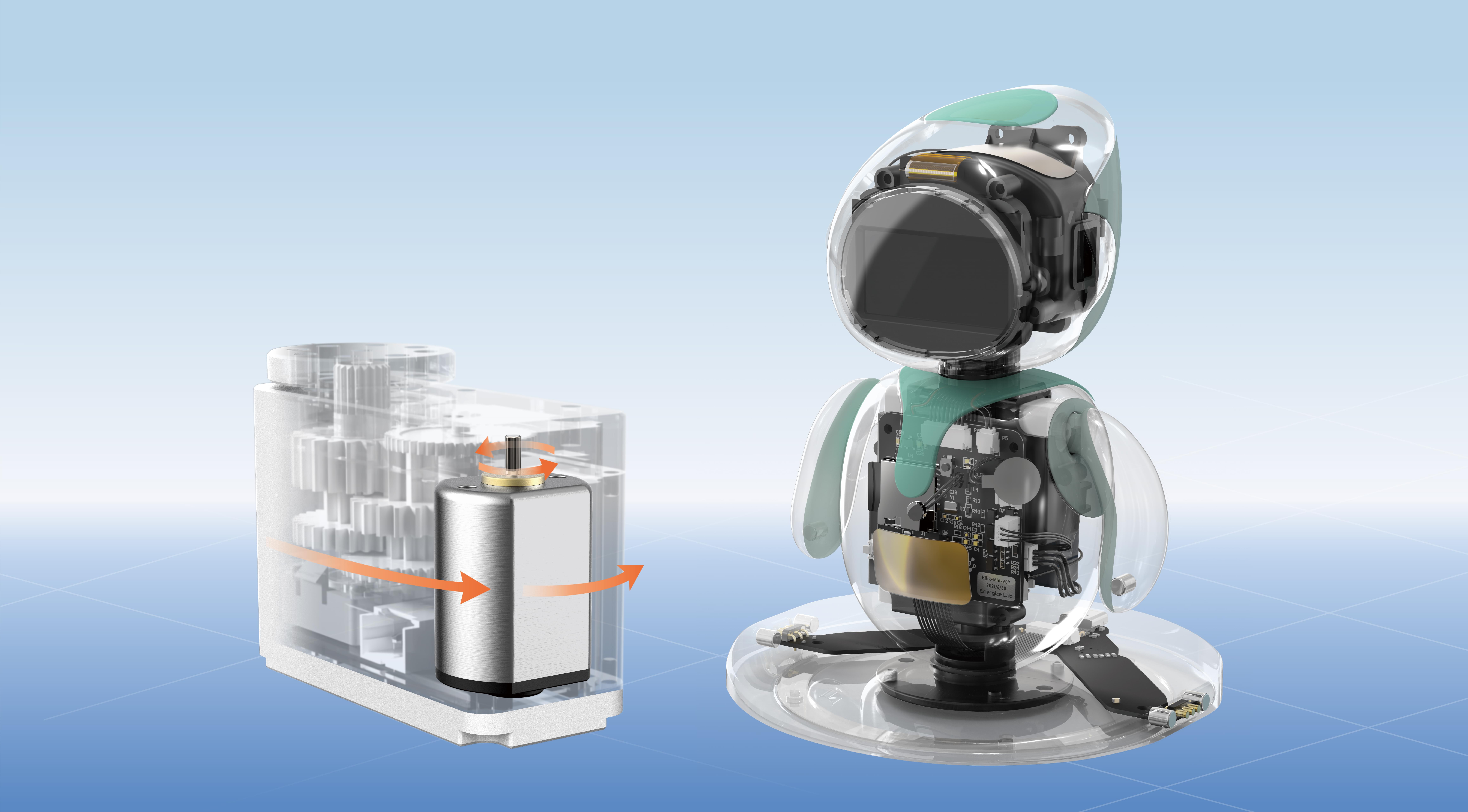In the bustling realm of industrial automation and precision machinery, servo motors have established themselves as the stalwarts of accuracy, responsiveness, and control. These miniature powerhouses are the backbone of robotics, CNC machines, conveyor systems, and many other applications that demand meticulous movement. Yet, even the most advanced servo motor on its own cannot always deliver the torque, stability, or speed required for certain tasks. This is where a carefully engineered component comes into play: the worm gearbox.

Imagine a world where delicate surgery robots perform with finesse, or heavy industrial conveyors glide seamlessly with unmatched efficiency. Behind these feats of engineering lies a synergistic relationship between servo motors and worm gearboxes, working in harmony to elevate performance to new heights. The worm gearbox acts as a transmission bridge—transforming the high-speed, low-torque output of a servo motor into a high-torque, precise movement essential for demanding operations.
What exactly is a worm gearbox? At its core, a worm gearbox comprises a worm (a screw-like gear) and a worm wheel (a gear similar to a spur gear). The worm, typically a single-threaded screw, engages with the worm wheel, which is usually a larger, toothed gear. This engaging pair facilitates a gear reduction, meaning that a small rotation of the worm results in a much larger rotation of the worm wheel. This gear reduction amplifies torque and enhances control characteristics, making it an invaluable component in applications where precision and power are paramount.
One might wonder: why choose a worm gearbox when numerous other gear types exist? The answer boils down to distinct mechanical advantages that worm gearboxes inherently possess. They can provide high gear ratios in a compact form, offering a lot of torque multiplication without requiring bulky machinery. Moreover, worm gearboxes have a self-locking feature under certain design parameters, meaning the gear can prevent back-driving—an essential trait for holding positions securely without additional brakes.
When paired with servo motors, worm gearboxes unlock a spectrum of benefits:
Enhanced Torque and Force: As many industrial processes demand significant torque, worm gearboxes provide the mechanical advantage needed to handle heavy loads or resistant movements with finesse.
Superior Precision and Control: The gear reduction allows for finer control over movement, ensuring accurate positioning—crucial in applications like CNC machining, robotics, and medical equipment.
Compact Design: The high gear ratios achievable within a small package save space and facilitate integration into tight setups.
Durability and Reliability: Crafted from high-quality materials, these gearboxes are designed to withstand fatigue, wear, and harsh environments, reducing maintenance costs and downtime.
Back-Driving Prevention: In certain designs, the self-locking nature keeps machinery in position without extra power, conserving energy and adding safety.
In the pursuit of automation excellence, the synergy between a servo motor and a worm gearbox becomes evident. While the servo provides rapid response and agility, the worm gearbox translates that into powerful, steady, and precise movements. This harmonious blend enables machinery to perform complex tasks—be it assembling microscopic devices or moving heavy loads—with consistent accuracy.
As industries evolve, the demand for adaptable, efficient, and reliable gear transmission solutions grows. The worm gearbox for servo motors emerges as a shining candidate, combining mechanical ingenuity with practical benefits. But understanding how to select, maintain, and optimize these gearboxes is equally vital. Each application has unique requirements—be it speed, load, or environmental factors—and choosing the right worm gearbox demands careful consideration.
In the next section, we’ll delve deeper into the specific types of worm gearboxes, their engineering features, and how they’re tailored for different servo motor applications. We’ll explore case studies and industry examples that illustrate the transformative role of worm gearboxes—showing how they turn the potential of servo motors into unstoppable performance.
(End of Part 1. Will continue with Part 2 shortly.)
Leveraging innovations in modular drive technology, Kpower integrates high-performance motors, precision reducers, and multi-protocol control systems to provide efficient and customized smart drive system solutions.




































